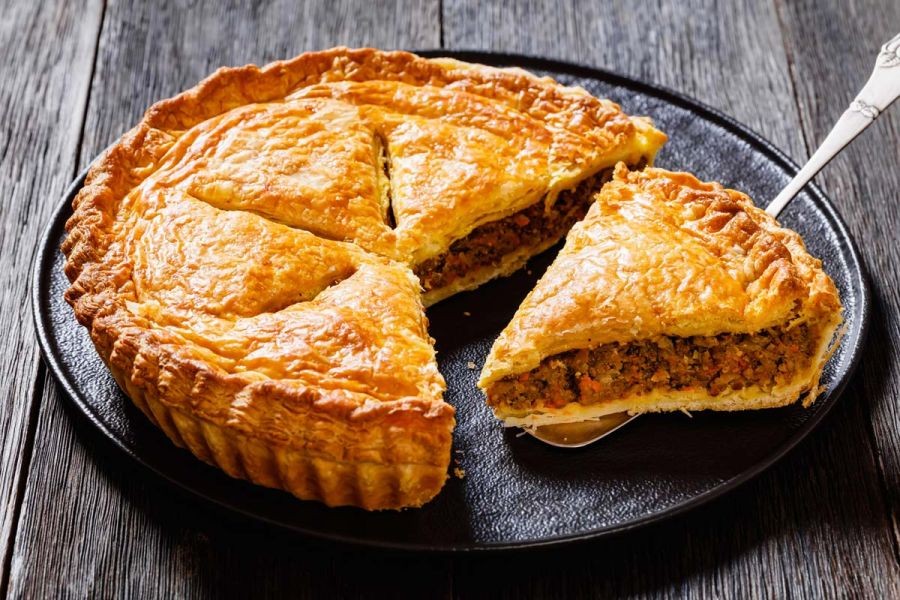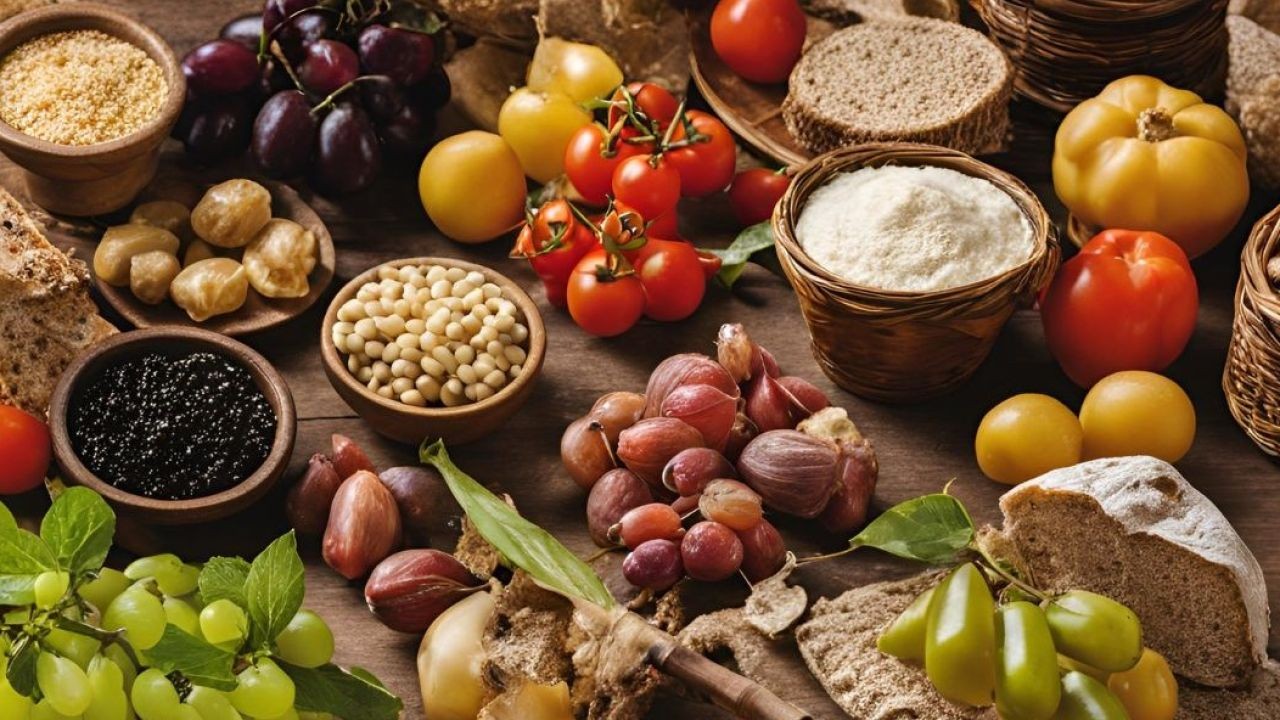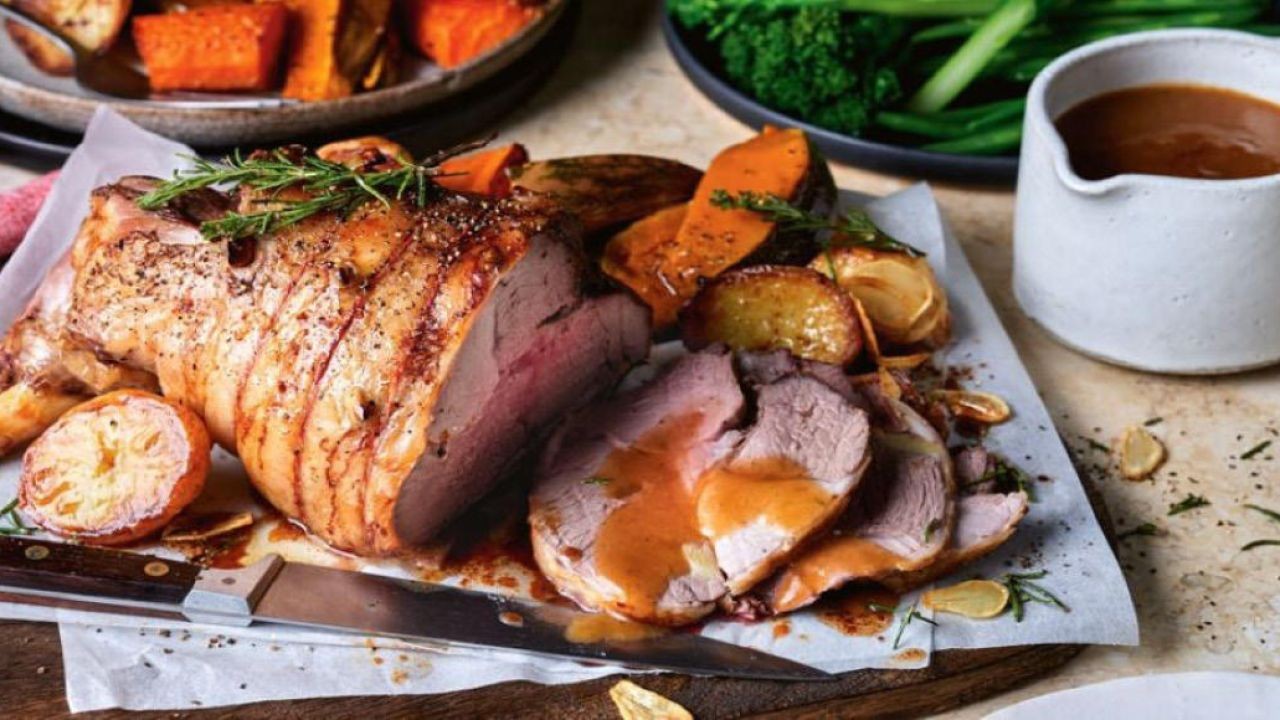Introduction
Imagine this: you’re in the bustling streets of Sydney, and the aroma of sizzling meats and freshly baked pastries fills the air. On one corner, there’s a queue for gourmet burgers, each one a symphony of flavors crafted with precision and flair. On another, you see a line for classic Aussie pies, oozing nostalgia and comfort with every bite. The question is, which of these two culinary icons truly defines Australian cuisine?
The debate between gourmet burgers and classic Aussie pies is more than just a clash of flavors; it’s a reflection of Australia’s evolving food culture, consumer preferences, and economic landscape. This article delves into the significance of these dishes, backed by data from the Australian Bureau of Statistics and insights on industry trends, to assess which culinary contender reigns supreme.
Gourmet Burgers: A Culinary Revolution
Rise of the Gourmet Burger
Gourmet burgers have surged in popularity over the last decade, capturing the imagination of foodies across Australia. This trend mirrors a global shift towards artisanal and gourmet dining experiences, driven by consumer demand for unique flavors and high-quality ingredients.
According to the Australian Bureau of Statistics, the food service industry, which includes gourmet burger joints, saw a 2.8% revenue increase in the 2022-2023 financial year. This growth is fueled by a younger demographic eager to experiment with their palates and willing to pay a premium for quality.
Case Study: Grill’d – A Success Story
Problem: Grill’d, founded in 2004, faced the challenge of competing in a saturated fast-food market. The company needed to differentiate itself from established players like McDonald's and Hungry Jack's.
Action: Grill’d focused on offering burgers made with fresh, locally sourced ingredients while promoting a healthy lifestyle. They implemented sustainable practices and engaged in community initiatives, creating a brand that resonated with conscious consumers.
Result: Grill’d reported a 20% increase in annual revenue from 2020 to 2023, with over 150 outlets across Australia. Their customer loyalty programs and innovative menu offerings have kept them at the forefront of the gourmet burger scene.
Takeaway: Grill’d success highlights the value of aligning with consumer values such as sustainability and health, essential for competing in the modern food industry.
Classic Aussie Pies: A Taste of Tradition
The Timeless Appeal of Aussie Pies
On the other hand, the classic Aussie pie represents tradition and nostalgia. It’s a staple at sporting events, road trips, and family gatherings, embodying the essence of Australian comfort food. Despite changing culinary trends, Aussie pies maintain a strong foothold in the market.
Data from the Reserve Bank of Australia indicates that the bakery sector, including pie production, has remained stable with a modest growth of 1.5% annually, reflecting consistent consumer demand.
Case Study: Four’N Twenty – An Iconic Brand
Problem: Four’N Twenty, an iconic pie brand, faced declining sales in the early 2010s due to increased competition and changing consumer preferences.
Action: The company revamped its product line, introducing new flavors and healthier options to appeal to a broader audience. They also capitalized on their heritage, enhancing marketing efforts to emphasize the pie’s status as an Australian icon.
Result: Four’N Twenty experienced a resurgence, with sales growing by 10% annually from 2015 to 2023. Their innovative approach to product development and marketing has reinvigorated interest in Aussie pies.
Takeaway: Four’N Twenty demonstrates that innovation within tradition can sustain and grow a brand, even in a competitive market.
Comparative Analysis: Gourmet Burgers vs. Aussie Pies
Pros and Cons
Pros of Gourmet Burgers:
- Higher Margins: Premium pricing allows for better profit margins.
- Trend Appeal: Aligns with the global trend towards gourmet and artisanal foods.
- Customization: Offers endless possibilities for flavor combinations and dietary accommodations.
Cons of Gourmet Burgers:
- Higher Costs: Quality ingredients and artisanal preparation increase operating costs.
- Market Saturation: The market is becoming increasingly crowded, intensifying competition.
Pros of Classic Aussie Pies:
- Nostalgic Value: Deep cultural roots make the product inherently appealing.
- Cost-Effective Production: Easier to produce at scale with lower ingredient costs.
- Wide Demographic Appeal: Appeals to a broad age range and socio-economic groups.
Cons of Classic Aussie Pies:
- Health Perception: Often perceived as less healthy, which can deter health-conscious consumers.
- Limited Innovation: While traditional, the product may struggle to adapt to new food trends.
Regulatory Insights
Impact of Policies and Regulations
The Australian food industry is subject to stringent regulations enforced by the Australian Competition & Consumer Commission (ACCC) and the Australian Taxation Office (ATO). These regulations ensure food safety, fair trading, and accurate labeling, which are crucial for both gourmet burger establishments and pie manufacturers.
For investors, understanding these regulatory frameworks is vital, as compliance can significantly impact operational costs and profit margins. For example, the ACCC’s focus on transparency in food labeling affects how both gourmet burgers and pies are marketed to consumers.
Future Trends & Predictions
The Future of Australian Cuisine
Looking ahead, both gourmet burgers and classic Aussie pies are poised to evolve alongside consumer preferences and industry trends. According to a report from Deloitte, the Australian food service industry is expected to grow by 3.2% annually over the next five years, driven by innovation and sustainability.
Predictions:
- Gourmet burgers will continue to thrive as consumers seek personalized dining experiences. Expect to see more plant-based and environmentally sustainable options.
- Classic Aussie pies will remain a staple, but innovation will be key. Diversified flavor profiles and healthier alternatives will attract a new generation of consumers.
Conclusion
In the end, both gourmet burgers and classic Aussie pies have a place in defining Australian cuisine. Gourmet burgers symbolize innovation and modernity, while Aussie pies offer a comforting taste of tradition. For investors, the key lies in recognizing the potential of both markets and adapting to consumer demands. Whether you’re investing in the sizzle of a gourmet burger or the comforting warmth of a classic pie, the opportunity for growth in Australia's dynamic food landscape is promising.
What’s your take on this culinary debate? Share your thoughts and experiences in the comments below!
People Also Ask (FAQ)
- How does this debate impact businesses in Australia?AU businesses that diversify their offerings to include both gourmet and traditional options can capture a broader market, increasing customer retention by over 30%, according to the Australian Business Review.
- What are the biggest misconceptions about Australian cuisine?A common myth is that Australian cuisine lacks global appeal. However, a study by the Tourism AU Board shows that 45% of international visitors rate Australian food experiences as a primary reason for travel.
Related Search Queries
- What defines Australian cuisine?
- Gourmet burger trends in Australia
- Classic Aussie pie recipes
- Food industry growth in Australia
- Sustainability in Australian food businesses
- Australian food culture and traditions
- Investment opportunities in Australian food industry
- Regulations affecting Australian food businesses
- Consumer preferences in Australian dining
- Future of fast-food industry in Australia































monikamacneil9
8 months ago